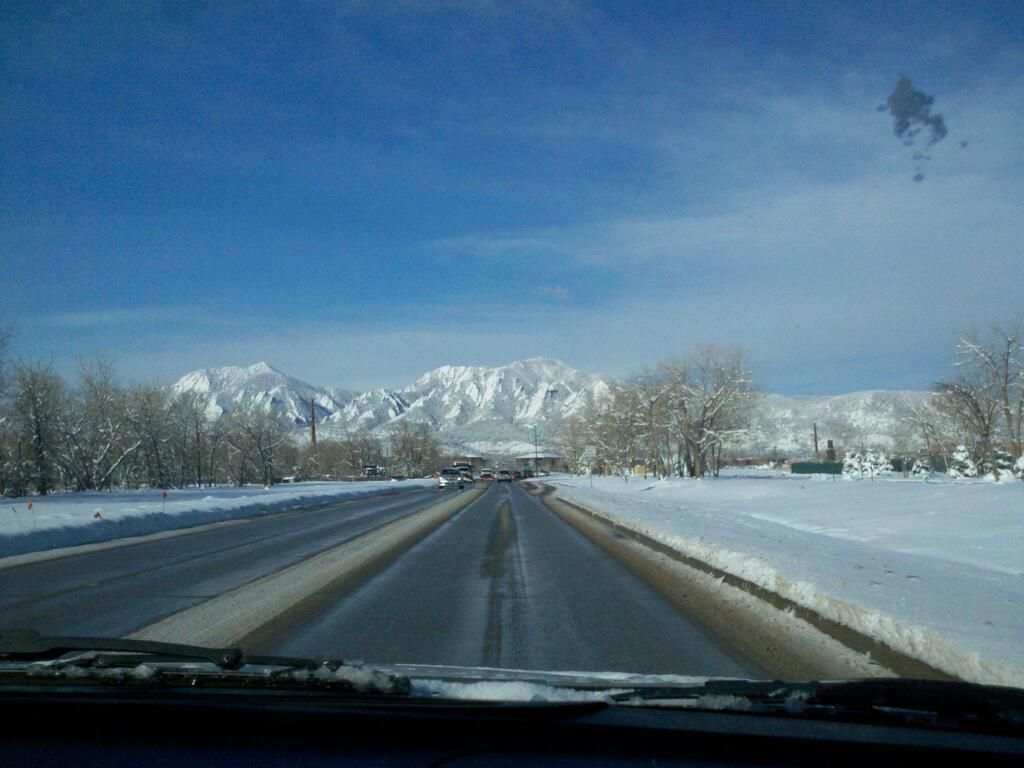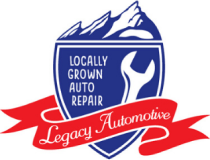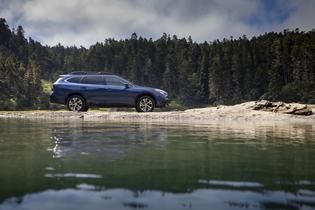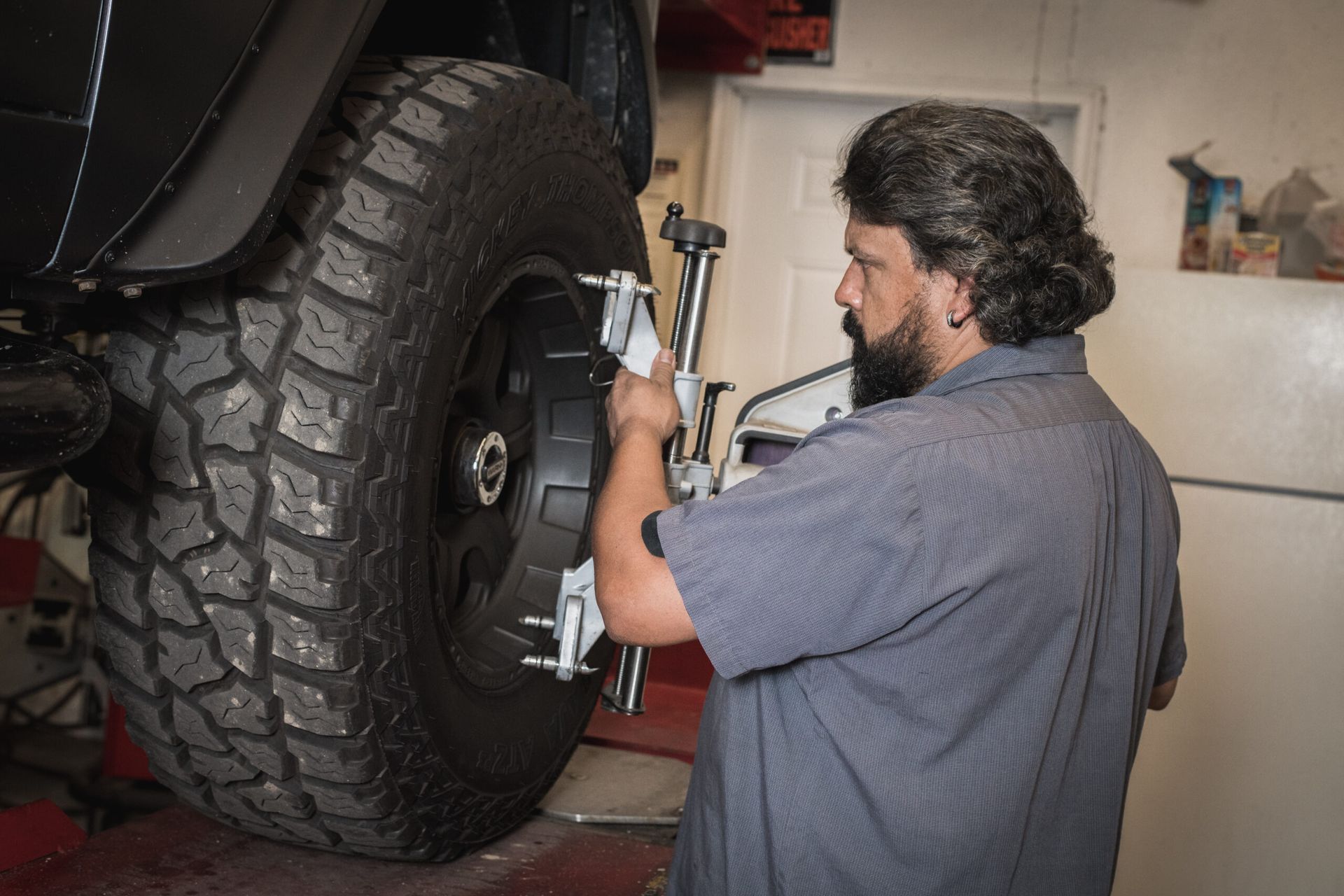The Dangers of Potholes: How to Protect Your Car This Spring
The Dangers of Potholes: How to Protect Your Car This Spring
As winter fades and spring arrives in Colorado, so do the dreaded potholes. Months of freezing and thawing cycles take a toll on our roads, leaving behind deep craters that can wreak havoc on your vehicle. From bent rims to misaligned suspensions, potholes cause thousands of dollars in damage every year. Here’s what you need to know about protecting your car and avoiding costly repairs.
How Potholes Form
Potholes develop due to a combination of moisture, temperature changes, and vehicle traffic. When water seeps into small cracks in the pavement and freezes, it expands, pushing the pavement upward. As temperatures rise, the ice melts, leaving behind gaps beneath the surface. When vehicles pass over these weakened areas, the pavement collapses, creating a pothole.
Common Types of Pothole Damage
Even a single encounter with a pothole can lead to serious problems, including:
1. Tire Damage
- Potholes can cause sidewall bulges, tread separation, or even blowouts.
- Repeated impacts weaken the tire structure, increasing the risk of a flat.
2. Wheel and Rim Damage
- Deep potholes can bend or crack alloy rims, leading to air leaks and poor handling.
- Steel wheels can become dented, making it difficult to maintain proper tire pressure.
3. Suspension and Alignment Issues
- Hitting a pothole can throw off your alignment, causing your car to pull to one side.
- Shocks and struts absorb the impact, but repeated hits can weaken them, leading to a rougher ride.
4. Undercarriage and Exhaust Damage
- Low-riding vehicles are especially vulnerable to scrapes and dents in the undercarriage.
- Potholes can loosen exhaust components, leading to rattling noises or leaks.
How to Avoid Pothole Damage
1. Stay Alert and Watch the Road
- Scan ahead for potholes, especially after snowmelt or heavy rains.
- Drive defensively in areas prone to potholes, such as intersections and older roads.
2. Maintain a Safe Following Distance
- Avoid tailgating so you can spot potholes before it's too late.
- If the vehicle in front of you swerves, be prepared for a pothole ahead.
3. Slow Down and Approach with Caution
- Hitting a pothole at high speeds increases the risk of severe damage.
- If you must drive over a pothole, slow down but avoid braking directly over it, as this can cause more impact damage.
4. Keep Your Tires Properly Inflated
- Underinflated tires absorb more shock, increasing the risk of wheel damage.
- Overinflated tires are more rigid, making them prone to blowouts. Check your owner's manual for the correct tire pressure.
5. Get Your Suspension and Alignment Checked
- If you notice your car pulling to one side, excessive vibration, or unusual noises after hitting a pothole, have your alignment and suspension inspected.
- Regular maintenance helps catch small issues before they turn into expensive repairs.
What to Do If You Hit a Pothole
- Pull over safely and check for visible damage, such as a flat tire or leaking fluids.
- Listen for unusual noises or vibrations while driving.
- Monitor steering and handling—if your car starts pulling to one side, you may need an alignment.
- Visit a trusted mechanic to inspect for hidden damage before it leads to bigger issues.
Need Pothole Damage Repair? Legacy Automotive Can Help!
If you’ve recently hit a pothole and suspect damage to your tires, wheels, or suspension, don’t wait until the problem gets worse. At Legacy Automotive, our experienced technicians can diagnose and repair pothole-related damage, ensuring your vehicle stays safe on the road.
Call us today or schedule an appointment to keep your car in top shape this spring!



